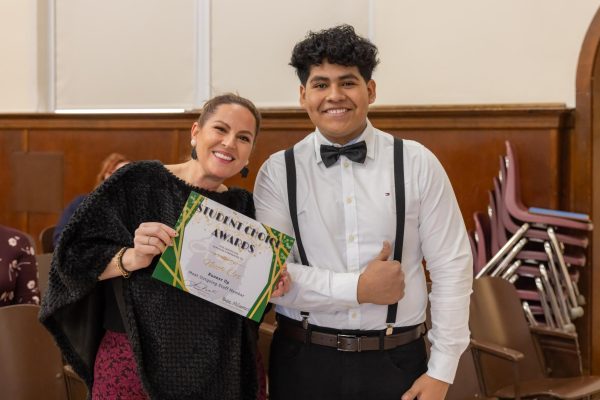Teaching and Learning Literacy
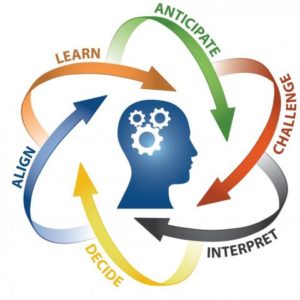
Do you know the skills involved in teaching and learning literacy? There are many strategies and resources for students and teachers as we seek to build connection and continuity in learning. School communities are using common language to build awareness and encourage the sharing of best practice when it comes to these basic building blocks of learning and thinking.
Here is an example of a poster that students may find hanging in their classroom to remind them of important literacy skills.
http://www.readwritethink.org/professional-development/strategy-guides/making-connections-30659.html
~ We believe literacy is an essential life skill
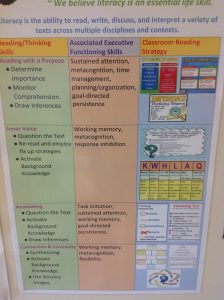
Literacy is the ability to read, write, discuss, and interpret a variety of texts across multiple disciplines and contexts.
Literacy skills may be directly paired with thinking skills.
Many schools and businesses are adopting the common language associated with executive functioning skills.
In this chart the each major literacy skill is linked to corresponding executive functioning skills.
| Reading/Thinking Skills | Associated Executive Functioning Skills | |
Reading with a Purpose
|
Sustained attention, metacognition, time management, planning/organization, goal-directed persistence | |
Inner Voice
|
Working memory, meta-cognition, response inhibition | |
Annotating
|
Task initiation, sustained attention, working memory, goal-directed persistence. | |
Connection & Continuity
|
Working memory, metacognition, flexibility. |
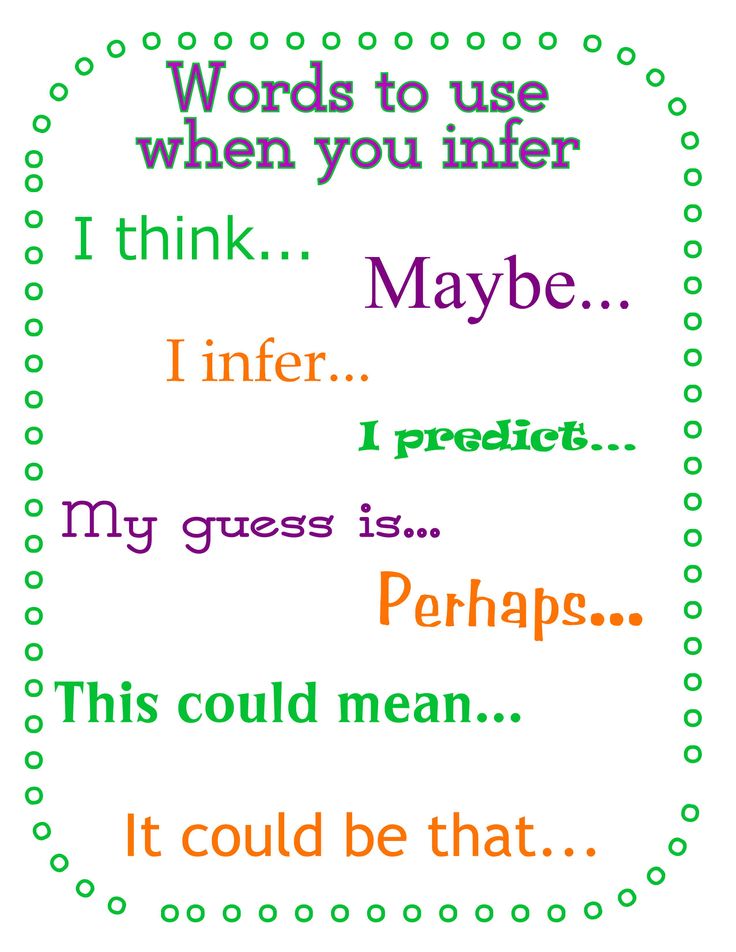
It seems from the article below that we need to go back to the basics. When teachers and learners build a solid foundation of skills together then students will find a new confidence in their own learning in school and beyond. It is not about students coming to school to find success but how school prepares them to think and thrive beyond graduation.
https://ww2.kqed.org/mindshift/2017/02/20/is-it-time-to-go-back-to-basics-with-writing-instruction/
A quote from the above link explains the need for guided instruction and practice of “progressive mastery” techniques in writing. It is a method that requires patience and persistence but the rewards are great. Writing is a life long skill that does not come naturally to most. Students who write well, learn well.
And some kids can, especially if they grow up in a language-rich environment without any of the common barriers found in public school classrooms, like learning English as a second language, special needs, trauma and poverty. The idea is that models of good writing naturally transfer to students as they regularly practice their own writing, but sometimes students don’t pick up on crucial ideas that end up inhibiting them as they advance in school.
Indeed, many students in the public education system aren’t “catching” what they need to know about writing — the most recent National Assessment of Educational Progress writing test found almost 75 percent of eighth- and 12th-graders in the U.S. wrote below grade level and only 3 percent of U.S. students, across all demographics, wrote at an “advanced” level.
“Some people can make it, but how do we learn more about how we can teach it better, so everyone does better?” Scharff Panero asked.
The strategies New Dorp teachers used to fill gaps in students’ understanding came from Judith Hochman’s book Teaching Basic Writing Skills, and they seem simplistic. To the average high school teacher, spending a semester on sentence-level exercises that are heavily scaffolded seems easy and boring. But Scharff Panero said that when teachers try taking instruction back to basics using what she calls “progressive mastery,” they see big improvements in the quality of both thinking and writing, and that students can meet high school expectations when teachers slow down to show them how to write well.
What can be learned about connection and continuity from this video?
- Basic sentence writing is a job marketable skill
- Students need to know how to begin
- Writing is the code for student success
- Writing gives students confidence in their learning
- Writing works with fixed and growth mindsets
Here is another link that discusses strategies for connections and continuity:
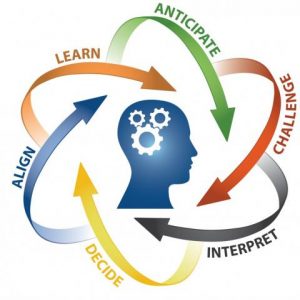
Source: https://ginsberg.umich.edu/article/pedagogy







